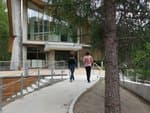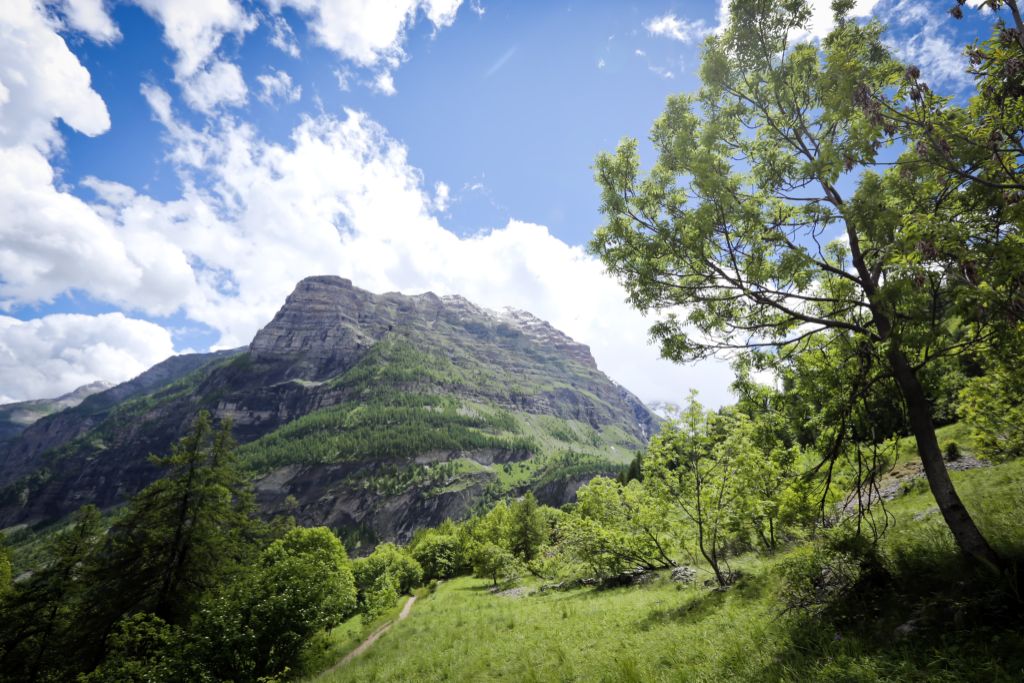
The climb at Dormillouse
Village perched up on the ice cap, Dormillouse overhangs the impetuous waterfall. Its isolation enabled the Vaudois, the « damned by God » in the Middle Ages, to take refuge from persectution. Still today, you can only discover this village full of history on foot..
Description
Park at the Cascades carpark, at the terminus of the road, right at the bottom of Freissinières valley.
- Take the path to the left where you will find the entrance to the National Park, three explanatory signs (leave to the right by the walkway which leads to the winter path). Follow the itinerary « Dormillouse ». Take the bridge over the Oules torrent and continue along the bending path that leads beside the big waterfall then cross an area of rocky scree.
- At the following crossroads, leave the path on the left (Fangeas lake, Terres Blanches mountain path) and keep to the right which leads to the prairies, take the righthand walkway which leads to Dormillouse village.
- Come back to the Cascades carpark by the same itinerary.
- Departure : The waterfalls, Dormillouse, Freissinières
- Towns crossed : Freissinières
Altimetric profile
Recommandations
The path accessing Dormillouse can only be used in Summer. Remember: camping is forbidden including in and near the carpark.
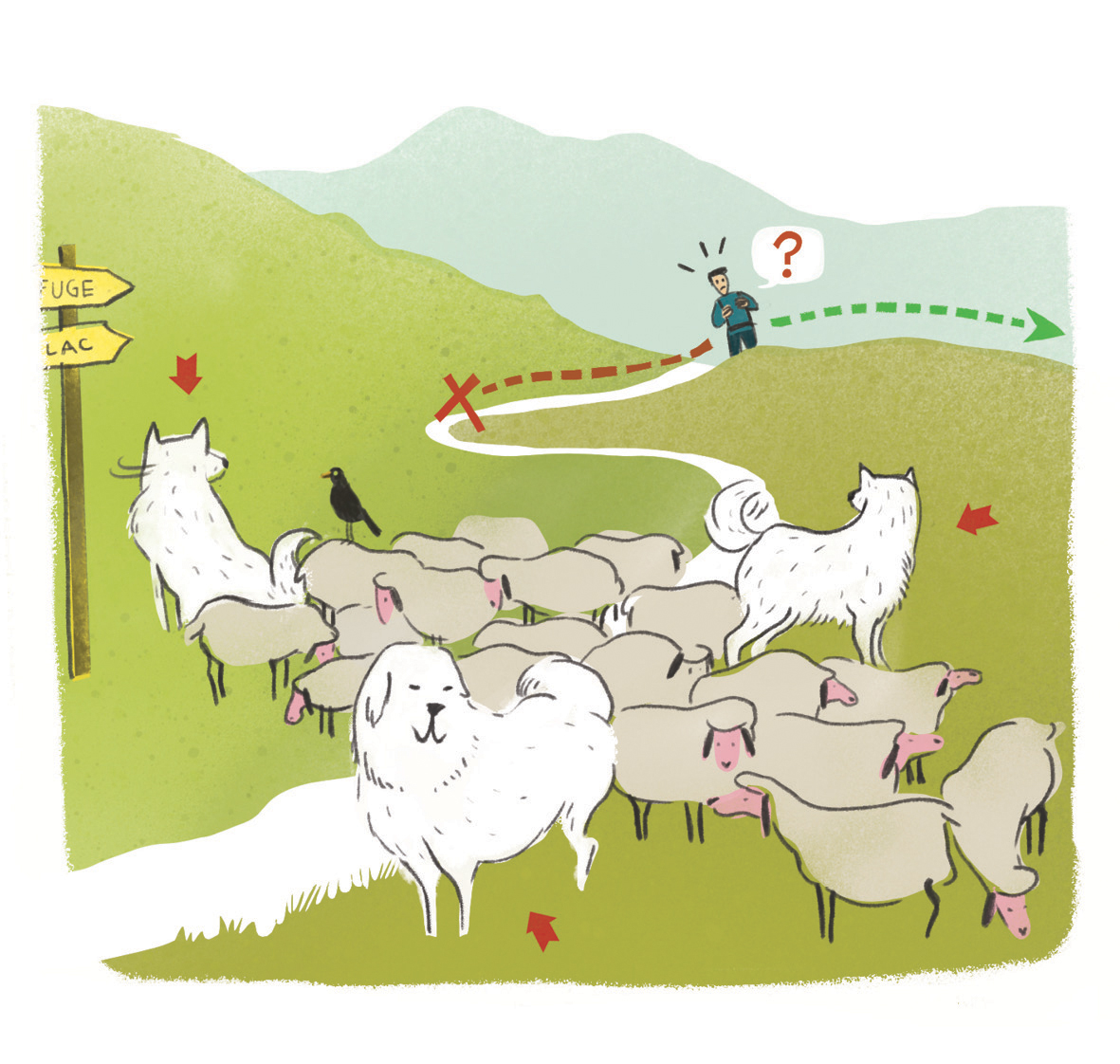 In mountain pastures, protection dogs are there to protect the herds from predators (wolves, etc.).
In mountain pastures, protection dogs are there to protect the herds from predators (wolves, etc.).
When I hike I adapt my behavior by going around the herd and pausing for the dog to identify me.
Find out more about the actions to adopt with the article "Protection dogs: a context and actions to adopt".
Tell us about your meeting by answering this survey.
Information desks
Vallouise Park house
, 05290 Vallouise
Information, documentation, models, exhibitions, screenings, product sales and works of the Park. Guided tours for school, reservation required. The new Park House opened in Vallouise since June 1, and offers visitors an interactive permanent exhibition inviting to explore the area and its heritage. A temporary exhibition space will allow a renewed offer. Finally, the device is completed by an audiovisual room to organize screenings and conferences Free admission. All animations of the Park are free unless otherwise stated.
Access and parking
From the RN 94, North of Roche de Rame follow the direction to Freissinières on the D38 then the D38B to Freissinières. Cross Freissinières then follow the D238 which goes to right towards the Cascades carpark,at the bottom of the valley. Terminus of the route, at the bottom of Freissinières valley excluding the snowy period when the route is closed.
Sensitive areas
Golden eagle
- Impacted practices:
- Aerial, , Vertical
- Sensitivity periods:
- JanFebMarAprMayJunJulAug
- Contact:
- Parc National des Écrins
Julien Charron
julien.charron@ecrins-parcnational.fr
Black grouse - winter
- Impacted practices:
- , Land
- Sensitivity periods:
- JanFebMarAprDec
- Contact:
Black grouse - winter
- Impacted practices:
- , Land
- Sensitivity periods:
- JanFebMarAprDec
- Contact:
- Parc national des Ecrins - 0492402010
12 points of interest

 Archaeologie
ArchaeologieMines
A few remains of the exploitation of the ancient mine are disseminated around the sector of Fangeas. These mines go back to the Middle Ages, a period during which we exploited silver-lead and copper. It was a small exploitation, no doubt associated with the mines at Fournel. The metal mined was used to mint feudal currency. The mine works are now filled in and flooded, which has enabled us to find well preserved remains: scaffolding, turned wooden bowls, the sole of a shoe. Archeologists have been excavating the mine for the last ten years they started by siphoning off the flood water from the tunnels. The mines are not accessible to the public and we have deliberately not communicated their exact location. For more information about this heritage, contact the mining museum at l'Argentière la Bessée.
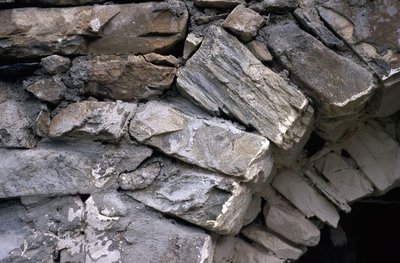
Détail d'une maison à Dormillouse - PNE - Meester Manuel  History
HistoryPublic buildings at the heart of the hamlets
Uniquely, Dormillouse village consists of several quartiers or hamlets, each of these surrounds a public building: the mill at Enflous, at the bottom of the village the temple, the school and the Escleyers fountain ; the oven at Romans, at the top of the village. The stone and wooden dwellings are characteristic of alpine architecture in an isolated site.
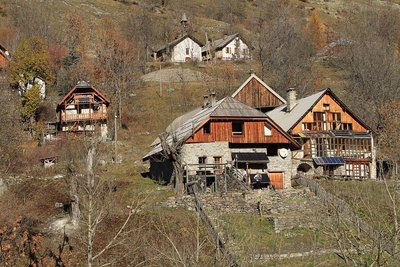
Village de Dormillouse - Jean-Philippe Telmon - PNE  History
HistoryDormillouse and the Vaudois
In the 12th century, Pierre Valdo (or Valdès) founded the fraternity of the Poor of Lyons in reaction to the opulence of the Catholic church. Accompagnied by his disciples, he preached in the streets of Lyons. Chased from the city by the religious authorities, the Vaudois spread out in the Languedoc, in Provence and notably in the Freissinières valley. A few centuries later Dormillouse has been used as a place of shelter during times of intense persectution.
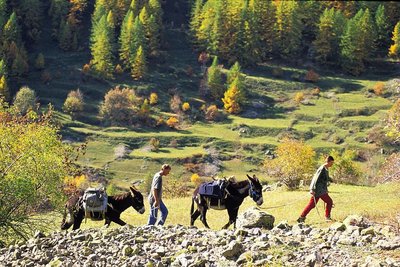
Habitants ravitaillant Dormillouse à dos de mûles - Robert Chevalier - PNE  History
HistoryInhabitants of Dormillouse
The inhabitants of Dormillouse are nicknamed the « Becarus ». This term signifies in Occitan « qui se rebèque », those who have an answer to everything, who have a sense of repartee. Originally, Beccaru was the nickname for Claude Baridon, who lived in Dormillouse. He became quite famous in 1660 when he opposed a local lord who wanted to take land away from the inhabitants.
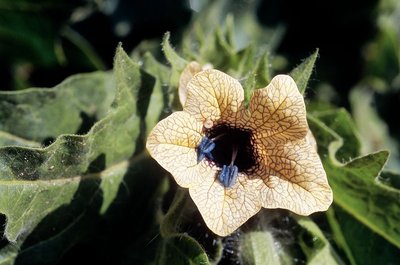
Jusquiame noire - PNE - Chevalier Robert  Flora
FloraStinking nightshade
Also called « Devil’s hand », this very poisonous plant grows in the rubble, on banks, at the edge of paths but also around cemeteries. An inhabitant of the Hautes-Alpes put forward the hypothesis that the seeds were placed in the coffins in order to preserve the clothes of the deceased. This strange flower with a black centre likes to move and rarely grows in the same place each year.
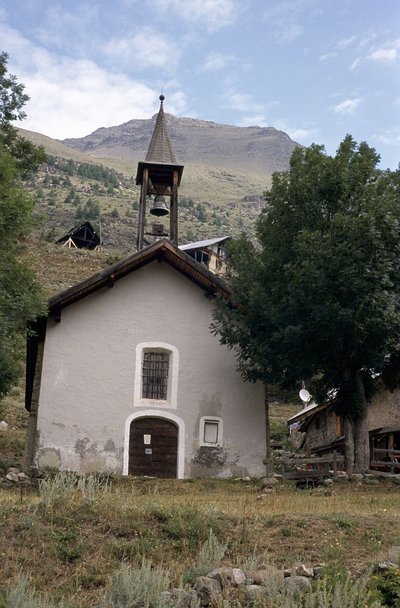
Temple prostestant de Dormillouse - PNE - Manuel Meester  Architecture
ArchitectureProtestant Temple
The temple was built in 1758. It was originally destined for Catholic worship. However, all the inhabitants were Protestant, the building was always deserted. The priest stayed for 30 years before leaving. In this way the church was taken over by the Protestant faith.
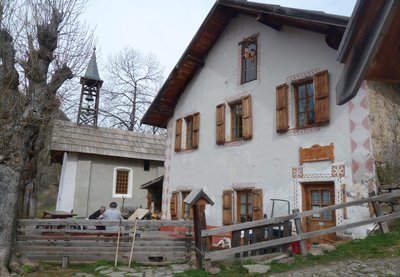
Gîte de l'école et le temple en arrière plan - PNE - Delenatte Blandine  Architecture
ArchitectureSchool Gîte
Set up in the ancient communal school where the parish priest once lived, the School Gîte at Dormillouse is open all year round for a relaxing pause, an alpine meal or a longer stay full or half-board.. There are 14 beds and hot showers.
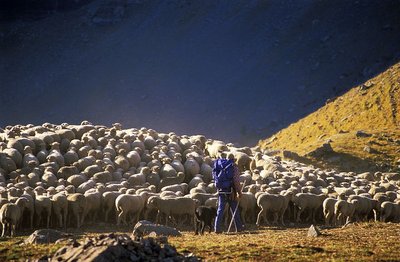
Pastoralisme à Faravel - PNE - Chevalier Robert  Pastoralism
PastoralismPastoralism
At the beginning of the summer, a flock of sheep graze around Dormillouse village. It sleeps in the heart of the village at night and during the siesta digestive at the hottest moment of the day. During the summer it moves to the sunny Jaline slope. Two other flocks are present in the valley during the summer : the first at Palluel and Chichin, the second at Faravel and in the Terres Blanches.
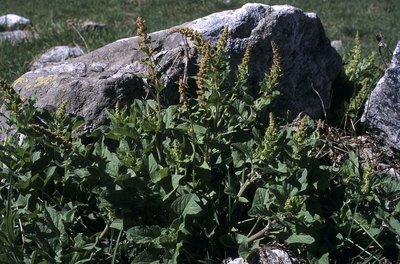
Chénopode bon Henri - PNE - Nicolas Marie-Geneviève  Flora
FloraGood King Henry
Also called Wild Spinach, Good King Henry is named after King Henri IV who advocated planting edible plants in order to overcome famine. It grows in tufts on ground that is rich in organic matter where sheep have been. A useful plant for mankind, its leaves can be used in all kinds of savory recipes.

Céphalaire des Alpes - PNE - Francou Michel  Flora
FloraGiant Scabious
The presence of this Giant Scabious around Dormillouse village is linked to ancient agricultural practices..It can be recognized by its big size, its little yellow flower heads and its deeply divided leaves. The inflorescences (position of the flowers on the stalk) the Giant Scabious are all the same diameter, unlike other purple-violet scabious and field scabious.
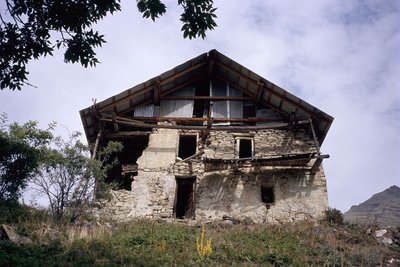
La maison de Felix Neff à Dormillouse - Meester Manuel - PNE  History
HistoryFélix Neff, the apostle of the Hautes-Alpes
Protestant pastor from Geneva, Félix Neff (1797-1829) spent several years in the Hautes-Alpes where he worked as an evangelist, teacher, agronomist and engineer. He settled in Dormillouse in 1823, at the bottom of the Freissinières valley which was a refuge for the Vaudois. In this hamlet, he preached the Protestant word. As a good philanthropist, he contributed to the improvement of the life of the inhabitants by introducing the culture of the potato, by creating irrigation channels and improving the sanitation of the stables. In 1825 in Dormillouse, he founded the first « normal school » destined to train teachers for all the surrounding villages.

La maison Felix Neffe - PNE - Manuel Meester  Architecture
ArchitectureFélix Neff’s house
Félix Neff’s house dominates the village, up on the rock. Today it is in ruins. A project for its rehabilitation is waiting to be concretized lead by the Association of friends of Félix Neff. This house having been rehabilitated would be a place of memorial,reflexion and training within the continuity of the Neffien philosophy.
Accessibility
- Accessibility level :
- Beginner
- Emergency number :
- 114
More information
Source

Report a problem or an error
If you have found an error on this page or if you have noticed any problems during your hike, please report them to us here:


